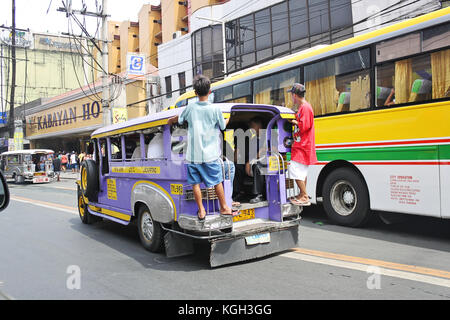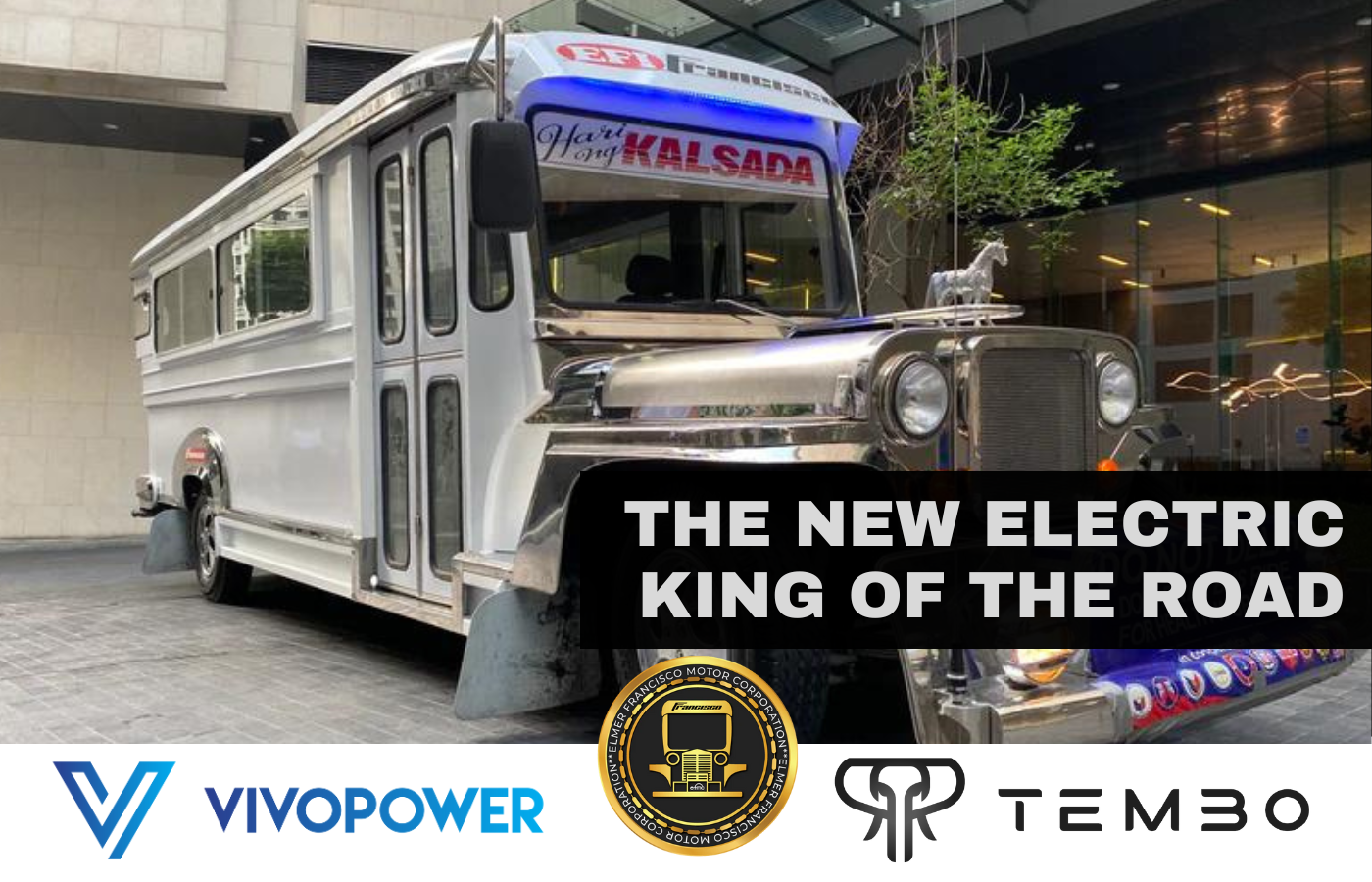Inexpensive Transit Advertising Philippines for Brand Understanding
Wiki Article
A Comprehensive Assessment of the Methods and Methods for Successful Transportation Marketing Campaigns
Transit ad campaign use an unique chance for brands to engage with diverse audiences in vibrant settings. To achieve success, it is important to comprehend the nuances of target demographics, apply ingenious style methods, and pick optimum placement places. Furthermore, the effectiveness of these campaigns can be substantially boosted by closely monitoring efficiency metrics and adjusting methods as necessary. As we check out these vital parts, it comes to be clear that the path to an impactful transit advertising method is both rewarding and intricate, increasing the question of just how ideal to browse these intricacies for maximum brand presence.Understanding Target Demographics
Comprehending target demographics is crucial for the success of transportation marketing campaign (Transit Advertising Philippines). Recognizing specific target market sectors makes it possible for marketers to tailor their messages efficiently, guaranteeing that the content reverberates with the designated audiences. This approach boosts involvement and makes best use of return on investmentTo effectively analyze target demographics, marketers need to think about a number of essential elements, including age, income line of work, way of life, and level choices. For instance, a campaign focused on young professionals might concentrate on ease and modernity, while one targeting households might emphasize safety and security and dependability. Moreover, geographic variables such as city versus rural setups can dramatically affect customer behavior and choices.
Information collection techniques such as surveys, emphasis teams, and social media sites analytics offer beneficial insights into market fads and consumer practices. By leveraging this details, advertisers can craft engaging narratives that line up with the worths and demands of their target audience.
Inevitably, comprehending target demographics not just informs the critical direction of transportation marketing campaign yet also makes sure that resources are allocated efficiently. This targeted strategy enhances the likelihood of accomplishing campaign goals, promoting brand name commitment, and driving conversions.
Imaginative Layout Techniques
Effective communication with target demographics depends greatly on innovative imaginative layout techniques en route advertising and marketing campaigns. To properly record focus in a jampacked aesthetic setting, designers must focus on quality and aesthetic influence. Utilizing high-contrast components and vibrant shades can improve visibility, making sure that messages are quickly readable from a distance.Incorporating dynamic imagery that reverberates with the target audience is vital. Visual narration methods can evoke emotions and develop memorable organizations with the brand name. Furthermore, strategic use of typography assists convey important info quickly; appropriate dimensions and clear typefaces better boost readability.
Integrating interactive elements, such as QR codes or enhanced fact attributes, can engage travelers beyond easy observation (Transit Advertising Philippines). These methods not only advertise customer communication however likewise bridge the void between conventional advertising and digital engagement
Additionally, using area creatively-- whether on bus wraps, transit shelters, or metro advertisements-- can lead to cutting-edge designs that break the mold of conventional marketing. By accepting creative imagination while preserving brand consistency, campaigns can foster a strong connection with their audience, inevitably driving both awareness and action. The assimilation of these style methods is extremely important for accomplishing successful transit marketing end results.
Strategic Placement Techniques
Taking full advantage of the influence of transit advertising and marketing depends upon calculated placement approaches that make sure ideal exposure and engagement. Efficient placement involves evaluating high-traffic areas and comprehending traveler demographics to determine the most beneficial locations for advertisement displays. As an example, positioning advertisements near entries and exits of transportation cars can catch the attention of boarding and alighting guests, therefore enhancing exposure.Additionally, using both indoor and exterior surface areas of transportation lorries can dramatically expand reach. Exterior advertisements, visible throughout commutes, involve pedestrians and other drivers, while indoor ads target guests in a restricted setting. Additionally, putting promotions in transportation hubs, such as bus terminals or train stations, permits helpful resources raised impressions as commuters shift in between various settings of transportation.
Timing is additionally important; straightening the campaign launch with peak travel periods optimizes audience involvement - Transit Advertising Philippines. Furthermore, leveraging digital displays en route settings can facilitate dynamic content, supplying real-time updates and boosting customer communication. By employing these tactical positioning techniques, marketing professionals can make certain that their transportation ad campaign accomplish maximum exposure, reverberate with the target market, and inevitably drive wanted results

Determining Campaign Performance
To examine the success of transit marketing campaign, it is vital to utilize a selection of dimension techniques that give insights into target market involvement and total effectiveness. One main approach is using key efficiency indications (KPIs), such as reach, perceptions, and engagement prices, which measure the number of individuals interacted and viewed the promotion with it.Surveys and focus groups can also contribute in gauging customer perceptions and recall, permitting marketing professionals to understand the impact of their messaging. Furthermore, tracking website traffic and social media engagement during and after the project helps gauge straight responses to the advertising.
One more efficient method is using location-based analytics, which can offer information walking website traffic around specific transportation places, providing insights right into whether the project effectively captured the interest of travelers. Additionally, examining sales information can reveal relationships between transportation marketing and boosted earnings, offering concrete evidence of a project's performance.
Situation Research Studies of Success
Understanding the performance of transit advertising and marketing campaigns via measurement techniques lays the foundation for checking out real-world instances that illustrate effective end results. By employing geo-targeted digital advertisements and analytics, the brand name gauged a 30% rise in sales in areas where the covers were prominently presented, showing the straight influence of transportation advertising.An additional engaging example comes from a regional nonprofit organization that introduced a campaign on train systems to promote a neighborhood Find Out More occasion. The usage of straight involvement with technology magnified the project's reach and effectiveness.

Final Thought
In summary, successful transportation advertising projects necessitate a thorough method that integrates an understanding of target demographics, cutting-edge style methods, and calculated positioning. By focusing on emotional engagement through bold visuals and optimizing visibility during height traveling times, brand names can significantly improve their influence. Additionally, recurring measurement of project performance about his through vital efficiency indications and consumer comments ensures continuous enhancement. Collectively, these approaches foster brand name visibility and make the most of the return on financial investment en route advertising efforts.Understanding target demographics is crucial for the success of transit advertising and marketing campaigns.Efficient interaction with target demographics depends heavily on innovative creative layout techniques in transit marketing campaigns. By using these strategic positioning approaches, marketing professionals can guarantee that their transit advertising and marketing campaigns attain maximum exposure, reverberate with the target audience, and eventually drive wanted results.
Understanding the efficiency of transportation advertising and marketing projects with dimension techniques lays the groundwork for taking a look at real-world examples that illustrate effective results.In summary, effective transportation marketing projects require a comprehensive strategy that integrates an understanding of target demographics, cutting-edge style techniques, and critical placement.
Report this wiki page